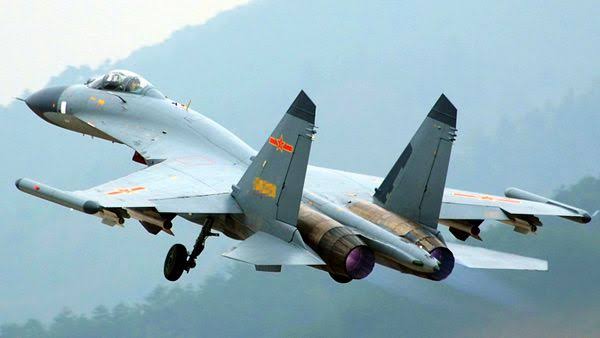China’s Fighter Jet Journey: From Soviet Blueprints to Indigenous Power

In the early days of the People’s Republic of China, the idea of fielding a world-class Air Force was nothing short of audacious. On 1 October 1949, China could muster only a modest parade of captured and second-hand aircraft. Just over 75 years later, the Chinese military commands a fighter fleet more than 1,900-strong, featuring stealth jets built entirely in China and designed to rival America’s best.
This transformation was neither swift nor linear. It began under the shadow of Soviet patronage. The Korean War proved a crucible for China’s aviation ambitions: Moscow flooded Beijing with MiG-15s to hold the line against U.S.-led forces. Soon after, Soviet advisors helped build up factories in Mukden (today’s Shenyang) and Harbin. By the mid-1950s, China was assembling and then producing MiG-15 and MiG-17 fighters—later designated J-2 and J-5—laying the industrial foundations that would sustain decades of military aviation.
China’s dependence on Moscow came to an abrupt halt with the Sino-Soviet split in the early 1960s. Deprived of further assistance, Beijing pivoted to self-reliance, founding the Shenyang Aircraft Design and Research Institute—the famous 601 Institute—in 1961. The next decades saw a steady flow of “J-series” fighters: the J-6, a MiG-19 clone; the J-7, derived from the MiG-21; and the J-8, China’s first attempt at a larger interceptor.
For much of the Cold War, however, Chinese designs lagged behind Western and even Soviet contemporaries. This gap narrowed only in the 1990s, when the collapse of the Soviet Union enabled Beijing to import Russia’s advanced Su-27 fighters. Licensed production of Su-27s (later designated J-11) and their naval derivatives (J-15) offered a leap in performance, and a template for further innovation.
Yet the most consequential shift was the emergence of truly indigenous fighters. The Chengdu J-10, designed in the late 1990s, became China’s first modern multirole fighter not simply copied from a Soviet model. More recently, the J-20 stealth fighter has marked China’s arrival as an aviation power in its own right. Developed in parallel with a sweeping overhaul of the state-owned Aviation Industry Corporation of China (AVIC), the J-20 project demonstrated not only technical skill but the political will to invest billions in closing the gap with the United States.
Beijing’s ambitions are no longer satisfied by parity with Russia or even second place behind Washington. With production lines that can build airframes at scale, a growing indigenous engine program, and the roll-out of next-generation stealth platforms such as the carrier-based J-35, China is openly challenging America’s primacy in fighter technology.
This contest has profound implications. A Chinese air force with hundreds of advanced fighters, networked into a robust sensor and missile ecosystem, could reshape the military balance in East Asia. Already, the Pentagon’s annual China Military Power Report warns that the People’s Liberation Army Air Force (PLAAF) is now the largest in the region. The rapid expansion of China’s aviation industry is also fueling an export drive, exemplified by the joint JF-17 project with Pakistan, which has found buyers from Myanmar to Azerbaijan.
But challenges remain. China still struggles to match the reliability and performance of Western jet engines. And the sophistication of American fifth-generation fighters such as the F-35 is not easily replicated. Yet few would bet against China’s capacity for relentless improvement.
What began as an exercise in reverse engineering under Soviet tutelage has become an indigenous enterprise with global ambitions. The story of China’s fighter jets is ultimately a story of persistence—decades of trial and error, patient investment, and a strategic vision that refuses to settle for second best.

 1 month, 3 weeks ago
1 month, 3 weeks ago











[[comment.comment_text]]